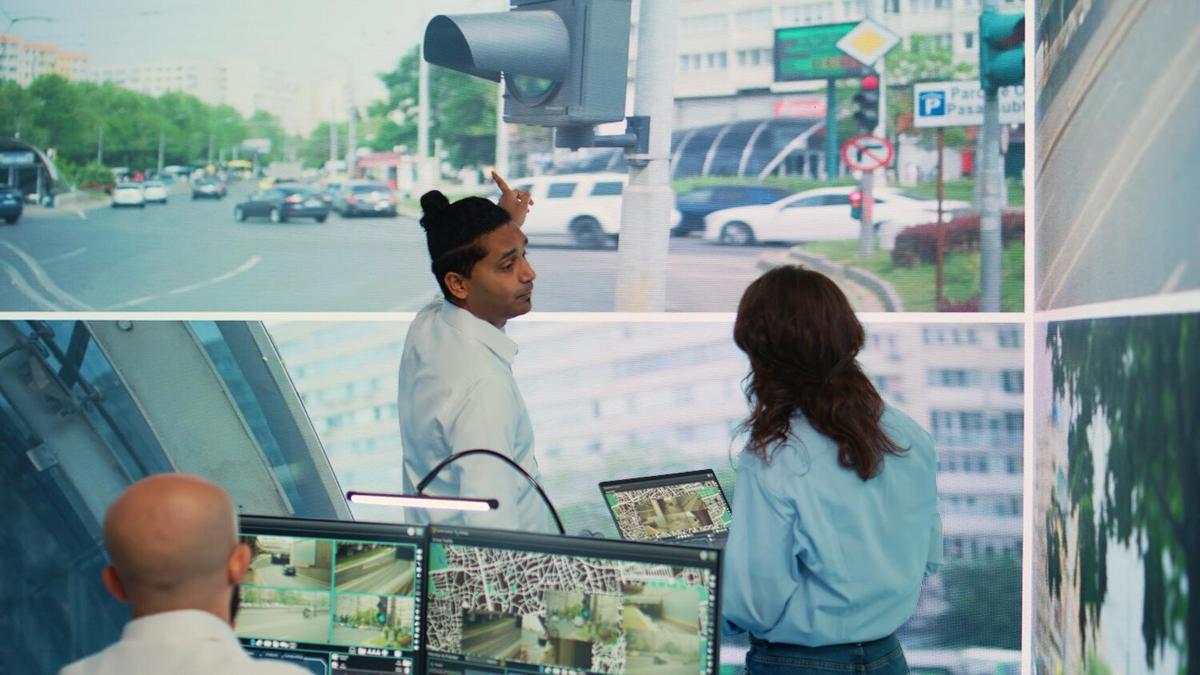
Harnessing AI for Smarter Cities
Imagine a city where traffic flows seamlessly, energy consumption is optimized, and public services are tailored to the needs of its citizens. Harnessing AI for smarter cities is not just a futuristic concept but a tangible reality we are beginning to witness.
The Rise of Smart Cities
As urban areas continue to expand, the need for more efficient and sustainable city management becomes crucial. AI offers innovative solutions to address these challenges, making cities not only smarter but also more livable.
AI in Urban Planning
Integrating AI into urban planning allows city officials to make data-driven decisions. According to a report by McKinsey, AI technologies can improve key quality-of-life indicators by 10 to 30 percent. Cities like Singapore and Barcelona are already leveraging AI to manage resources effectively and enhance infrastructure planning.
Real-Time Traffic Management
AI-powered systems can analyze traffic patterns in real-time, reducing congestion and improving road safety. For instance, Los Angeles has implemented AI algorithms that adjust traffic signals based on current traffic flow, resulting in a 16% reduction in travel time.
Energy Efficiency and Sustainability
AI contributes significantly to energy management by predicting energy usage and optimizing power grids. Smart meters and AI algorithms can analyze consumption patterns, helping cities reduce energy waste. As per the International Energy Agency, AI-driven energy solutions can decrease energy costs by up to 10% annually.
Enhancing Public Services
AI enables more responsive public services, from waste management to emergency response. By analyzing data from IoT devices, cities can predict and address issues before they escalate. A notable example is Amsterdam’s use of AI to monitor waste levels and optimize collection routes, leading to a 20% increase in efficiency.
How to Implement AI Solutions
For cities looking to implement AI, collaboration with tech companies and continuous citizen engagement is key. Here’s a simple action plan:
- Identify specific challenges and set clear goals.
- Partner with AI experts and tech firms.
- Invest in training city employees on AI applications.
- Regularly assess and adjust AI systems based on feedback.
Comparison of AI-Enabled Cities
| City | AI Application | Outcome |
|---|---|---|
| Singapore | Urban Mobility | Reduced traffic congestion by 20% |
| Barcelona | Smart Lighting | Saved 30% on energy costs |
| Los Angeles | Traffic Signals | 16% reduction in travel time |
| Amsterdam | Waste Management | 20% increase in efficiency |
| New York | Public Safety | Improved emergency response times |
| Dubai | Healthcare | Enhanced patient care and data management |
| London | Pollution Control | Reduced air pollution levels |
| Tokyo | Disaster Management | Improved crisis response and recovery |
FAQs
How does AI improve city infrastructure?
AI helps in predictive maintenance of infrastructure, reducing downtime and costs by identifying issues before they become critical.
Are there any privacy concerns with AI in cities?
Yes, data privacy is a concern, but many cities are implementing strict data protection measures to safeguard citizens’ information.
Can small cities benefit from AI?
Absolutely. AI solutions can be scaled to fit the needs and resources of smaller cities, offering improvements in efficiency and quality of life.
Conclusion
Harnessing AI for smarter cities is an evolving journey that promises to transform urban living. By embracing AI technologies, cities can become more efficient, sustainable, and responsive to the needs of their residents. As technology advances, the potential for AI to create smarter cities will only continue to grow, offering exciting opportunities for urban development. It’s time for city planners and policymakers to explore AI-driven solutions that pave the way for a brighter, smarter future.


